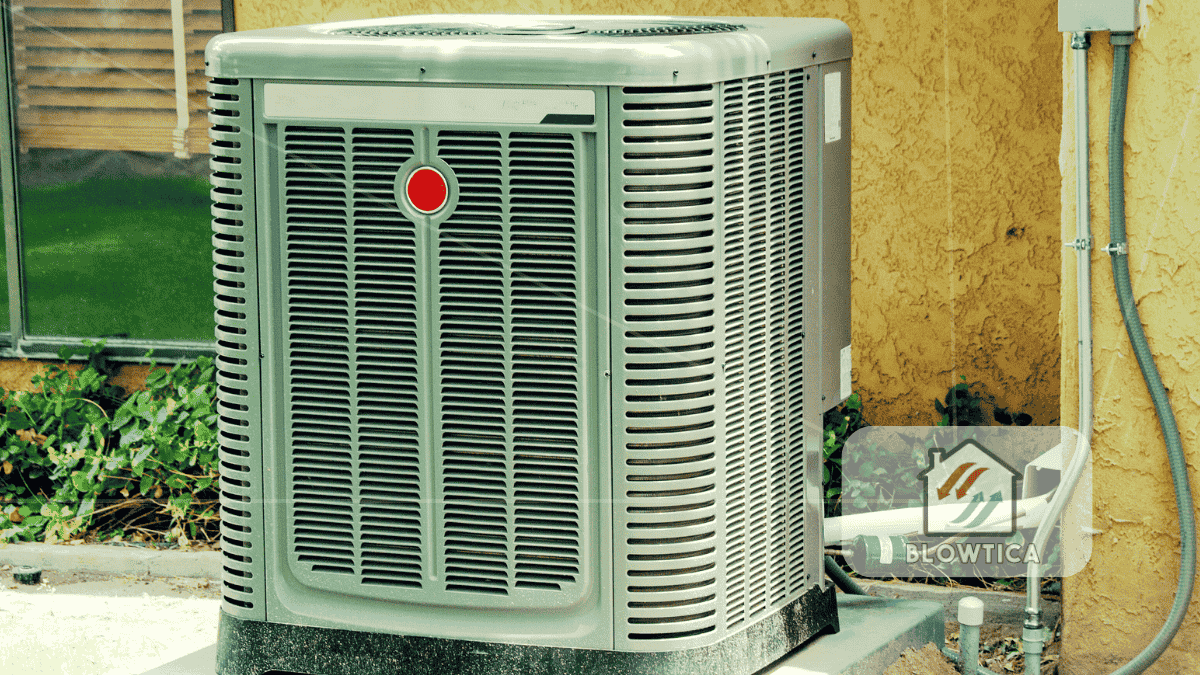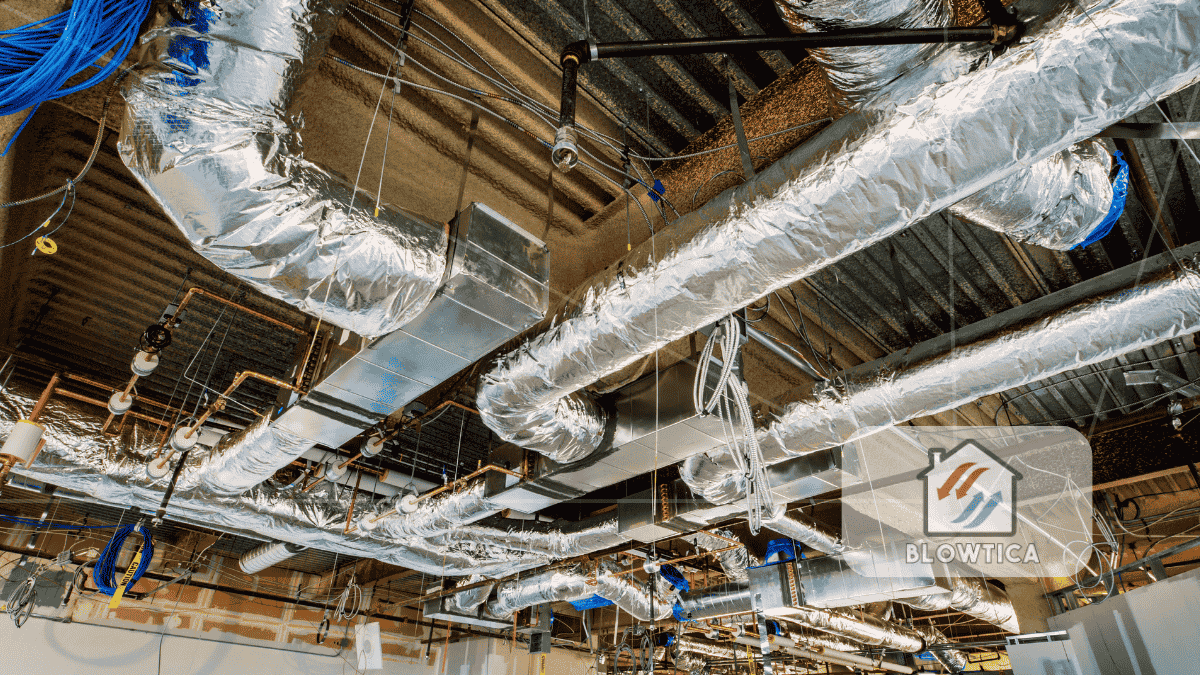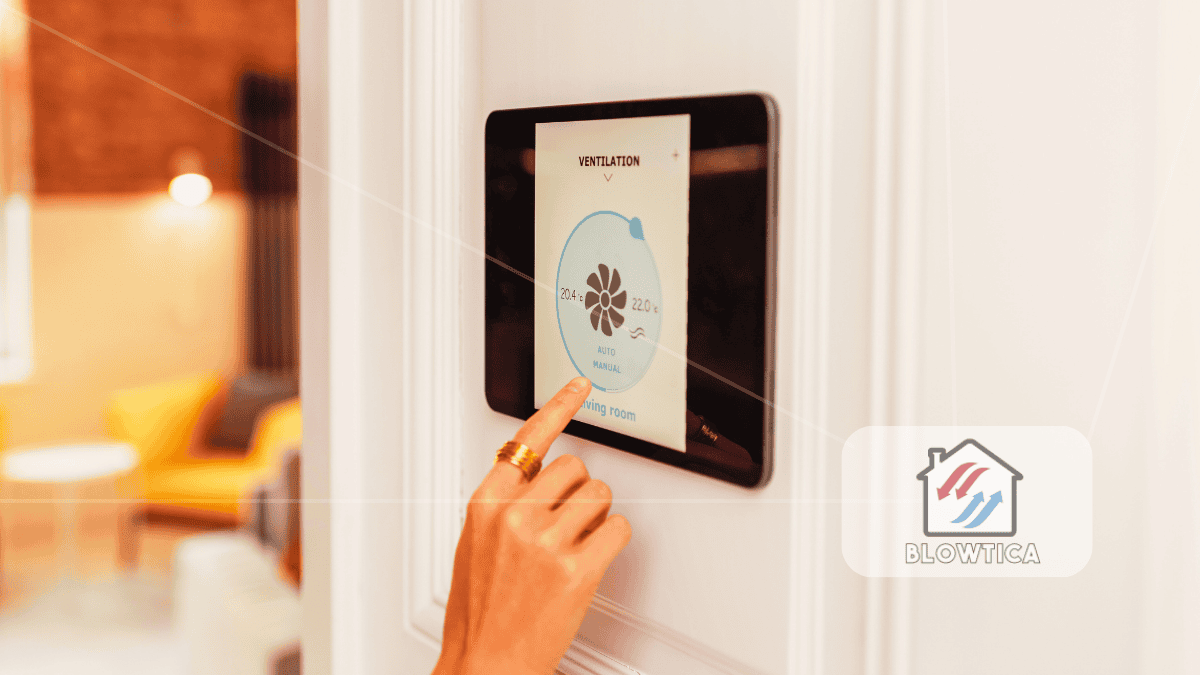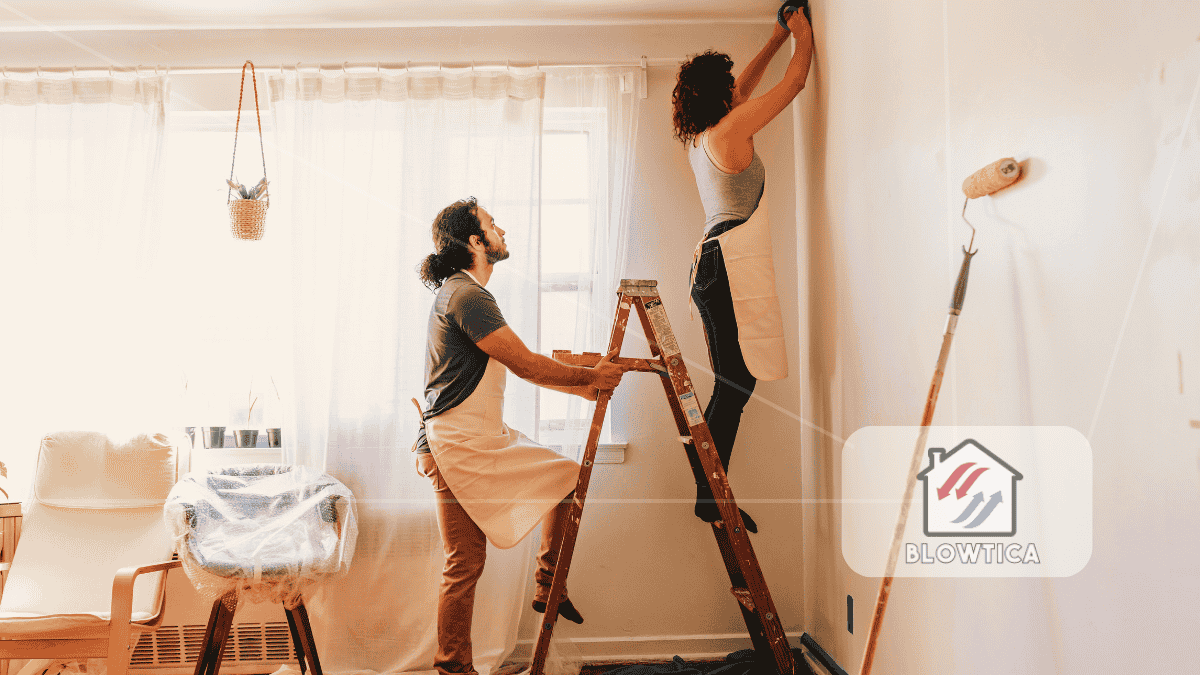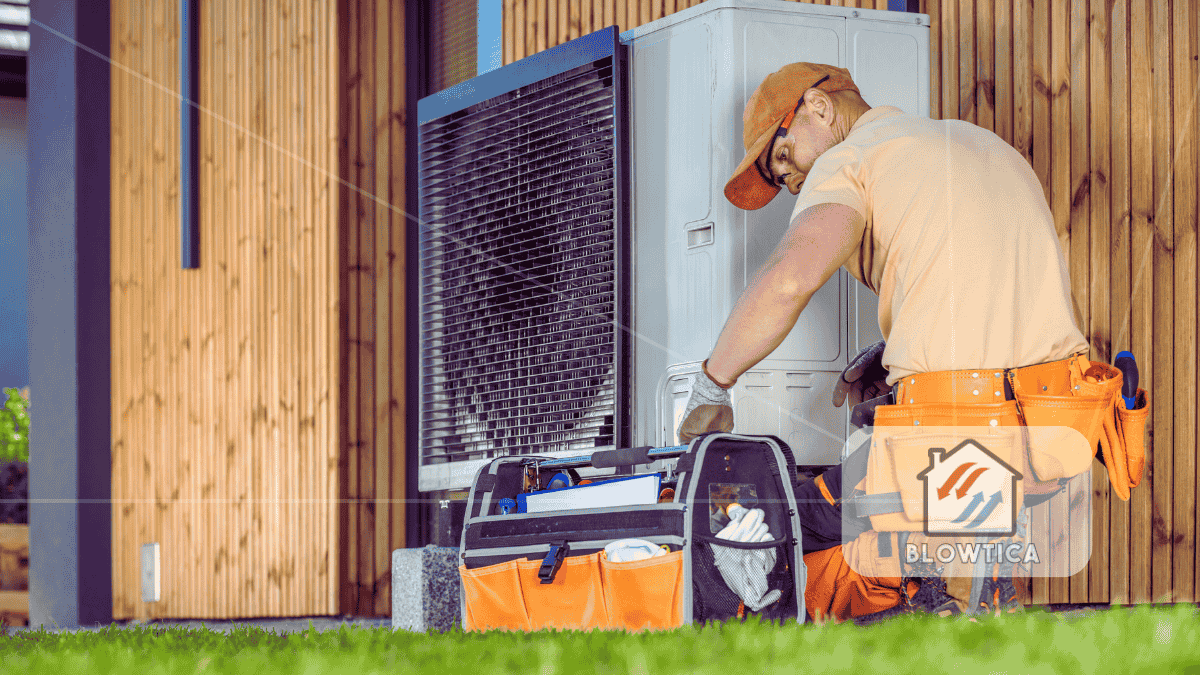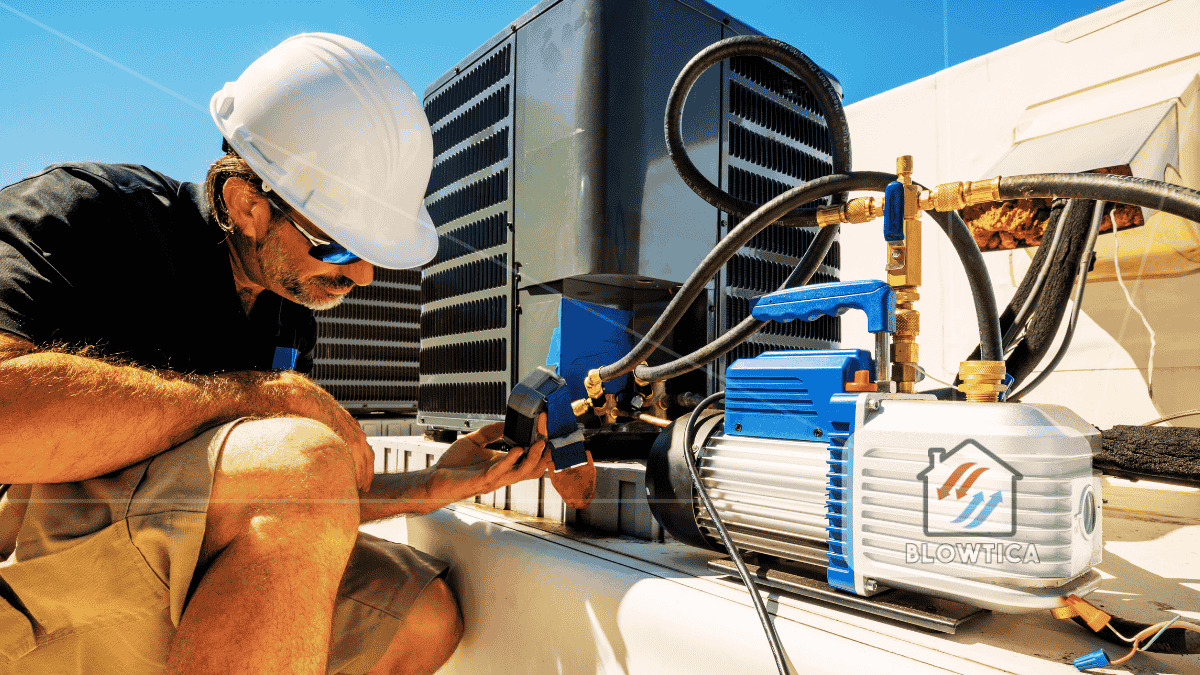
Heating, ventilation, and air conditioning (HVAC) systems are essential to indoor comfort, but they also account for a significant portion of residential energy use. Outdated or inefficient systems can quietly drain your wallet and underperform when needed. The good news? You can take control of your comfort and costs. This guide explores the top HVAC upgrades that can transform your home’s efficiency, improve air quality, and reduce your energy footprint.
1. Smart Thermostats: Control with Precision
Replacing an old thermostat with a smart one is one of the simplest yet most effective HVAC upgrades. Smart thermostats go beyond programmable features. They learn your schedule, adapt to your habits, and adjust temperatures automatically. Some models use geofencing to detect when you’re on your way home, ensuring your living space is always at the right temperature.
Why It Matters:
- Cuts heating and cooling costs by up to 20%
- Enables remote access via smartphone apps
- Enhances overall system efficiency with real-time data
Look for ENERGY STAR-certified models compatible with your HVAC system. Brands like Ecobee and Nest consistently top efficiency rankings.
2. High-Efficiency HVAC Systems: Smarter Machines
If your current HVAC system is over 10–15 years old, it will likely operate far below today’s efficiency standards. Upgrading to a high-efficiency system—particularly one with a SEER rating of 16 or above—can dramatically reduce energy consumption.
Why It Matters:
- Uses up to 50% less energy than older systems
- Reduces greenhouse gas emissions
- Qualifies for federal and local energy rebates
Opt for models with variable-speed compressors and smart sensors. These systems adjust in real-time, delivering only as much heating or cooling as needed.
3. Zoning Systems: Customized Temperature Control
Traditional HVAC systems treat your home as a single thermal zone, but that’s rarely practical. Zoning systems divide your home into distinct areas, each with its own thermostat. This allows for precise control in bedrooms, kitchens, basements, and more.
Why It Matters:
- Reduces energy waste in unused spaces
- Solves hot and cold spot issues
- Offers tailored comfort for different family members
Zoning systems work especially well in larger homes or houses with multiple stories. They also pair effectively with smart thermostats.
4. Duct Sealing and Insulation: Stop the Energy Leaks
Many homes lose 20% to 30% of conditioned air through leaky ducts. These leaks make your HVAC system work harder, shorten its lifespan, and lead to uneven temperatures throughout the house.
Why It Matters:
- Improves air delivery to all rooms
- Enhances indoor air quality
- Cuts heating and cooling costs significantly
Hire a certified technician to seal and insulate ducts in attics, crawlspaces, and garages. Use mastic sealant, foil-backed tape, and insulation rated at R-6 or higher.
5. Energy Recovery Ventilators (ERVs): Clean Air, Less Waste
Modern homes are built tighter to conserve energy, but that often means stale indoor air. Energy Recovery Ventilators bring in fresh outdoor air while capturing heat and moisture from outgoing air.
Why It Matters:
- Balances indoor humidity
- Lowers HVAC load while increasing ventilation
- Supports healthier indoor air
ERVs are especially valuable in homes with limited window ventilation or in regions with extreme climates.
6. Variable-Speed Motors: Consistent, Efficient Operation
Conventional blowers operate in binary mode—they’re either on or off. Variable-speed motors adjust output gradually, maintaining steady temperatures and reducing wear and tear.
Why It Matters:
- Improves energy efficiency
- Minimizes system noise
- Enhances humidity control and comfort
This is one of the top HVAC upgrades for homeowners seeking smoother performance and lower operating costs.
7. Advanced Filtration and Air Purification Systems
Improving indoor air quality starts with better filtration. While standard filters capture large particles, higher MERV-rated filters or HEPA filters trap smaller allergens, dust, and bacteria. Integrated UV-C lights or electronic air cleaners can further neutralize airborne contaminants.
Why It Matters:
- Reduces allergens, mold spores, and airborne viruses
- Protects HVAC components from dust buildup
- Beneficial for asthma and allergy sufferers
Ensure your HVAC system can handle upgraded filters without reducing airflow. Consult a professional before installation.
8. Automated Vent Dampers: Smarter Air Distribution
Motorized dampers allow you to automatically adjust airflow to different areas of your home, based on real-time temperature readings and occupancy.
Why It Matters:
- Delivers air only where needed
- Reduces energy consumption
- Helps fine-tune zoning systems
Pairing these with a home automation system enhances their efficiency and makes managing comfort seamless.
9. Whole-House Dehumidifiers or Humidifiers
Humidity levels affect comfort and HVAC efficiency. Too much moisture strains cooling systems, while dry air can make heating less effective. Whole-house humidifiers and dehumidifiers maintain ideal indoor humidity (typically between 30-50%).
Why It Matters:
- Improves indoor comfort year-round
- Reduces strain on HVAC systems
- Prevents mold and structural damage
This upgrade is particularly useful in regions with high seasonal humidity or dry winters.
10. Home Insulation and Air Sealing: Lock In the Gains
Improving your HVAC system is only half the equation. If your home isn’t well-insulated or has gaps and cracks, conditioned air will escape—undoing your efforts.
Why It Matters:
- Lowers heating and cooling demands
- Increases indoor comfort and consistency
- Reduces utility bills across all seasons
Seal air leaks around windows, doors, and plumbing penetrations. Upgrade attic insulation to R-38 or higher, depending on your climate zone.
11. Annual HVAC Tune-Ups and System Rebalancing
Regular maintenance keeps your system running at peak efficiency. HVAC technicians can check refrigerant levels, clean coils, calibrate thermostats, and balance airflow throughout the home.
Why It Matters:
- Prevents unexpected breakdowns
- Boosts system lifespan
- Maintains optimal energy performance
Schedule maintenance at least once a year—ideally before the start of heating or cooling season.
12. Integrate with a Home Energy Management System
For those embracing smart home technology, integrating HVAC controls with an energy management system offers full visibility into your home’s energy consumption. These systems can adjust HVAC settings based on electricity prices, occupancy, and weather forecasts.
Why It Matters:
- Provides real-time energy usage data
- Optimizes HVAC performance based on demand
- Saves money during peak rate periods
This integration helps make the most of all your other HVAC upgrades.
How to Choose the Right HVAC Upgrades for Your Home
Every home has different needs. The best approach is to start with a professional energy audit. This assessment evaluates insulation, ductwork, air leaks, and HVAC performance to identify the most effective upgrades.
Start With These Priorities:
- Quick Wins: Smart thermostats, duct sealing, better air filters
- High ROI: Variable-speed motors, zoning systems, ERVs
- Major Investments: High-efficiency systems, whole-home insulation, dehumidifiers
Your local climate plays a big role in what makes the most sense. Cold-weather homes benefit more from improved insulation and heating efficiency, while hot, humid climates should focus on dehumidification and air conditioning performance.
Conclusion: Invest in Comfort and Efficiency
Energy efficiency isn’t just about reducing bills—it’s about living better. With the top HVAC upgrades, you can improve air quality, extend equipment life, and make your home more comfortable in every season. Whether you start small with a smart thermostat or go big with a high-efficiency system, these upgrades pay dividends over time.
The sooner you modernize your HVAC system, the sooner you’ll see real benefits—financially and in your day-to-day comfort. Take action now, and your future self (and your utility bill) will thank you.


